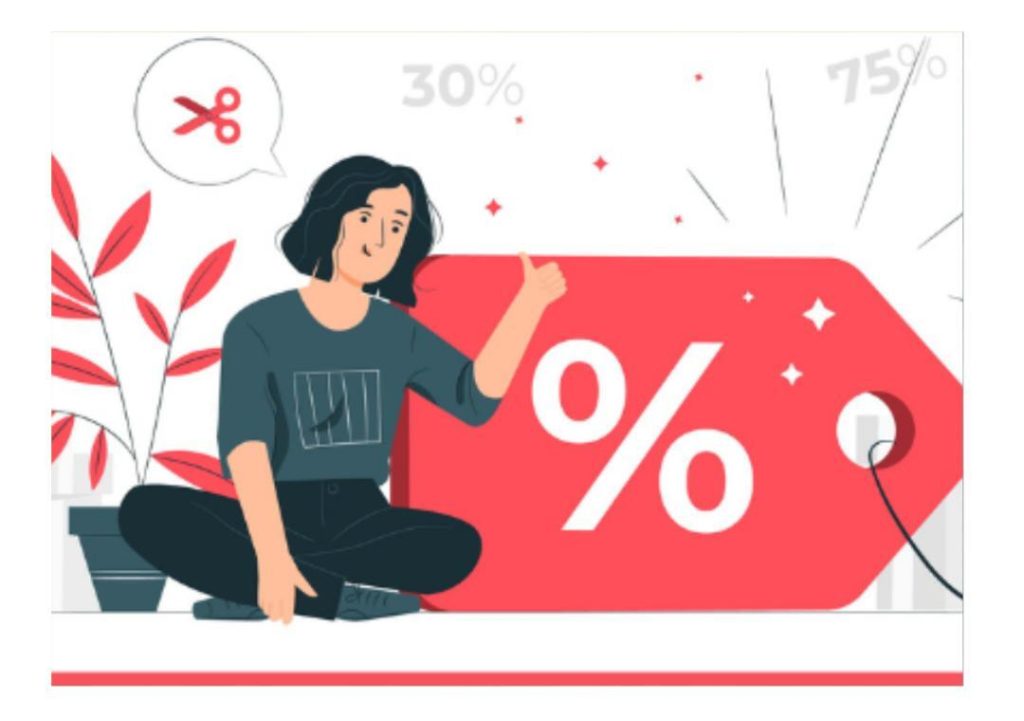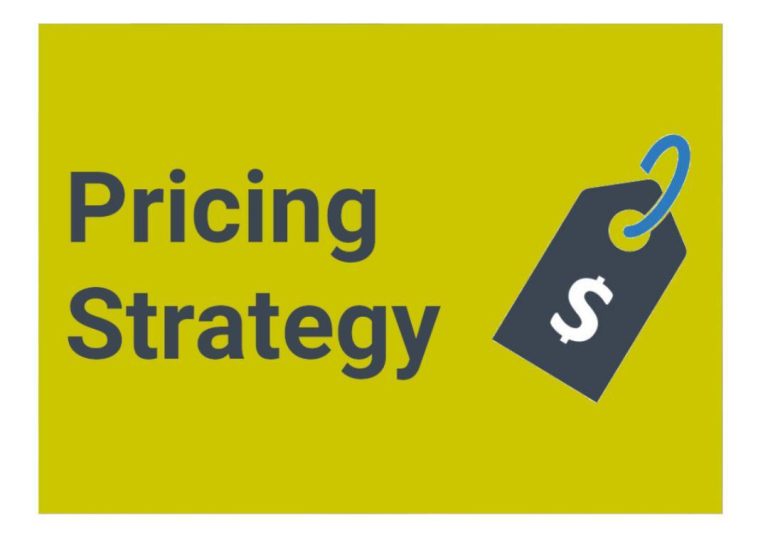
Are Your Discounts Boosting Sales or Killing Margins?
As a marketer, you’re constantly searching for ways to drive sales and grow your business. One tactic that can seem appealing is offering discounts to attract customers. After all, who doesn’t love a good deal? However, not every promotion is a win. In fact, many discounts can actually hurt your margins and undermine your long-term growth strategy.
So, how can you ensure that your discounts are boosting sales and not killing your margins? The key is to track lift vs. cannibalization and measure how promotions drive new customer acquisition, not just short-term bumps.
In this post, we’ll explore the importance of strategic discounting, the dangers of discounting gone wrong, and the best practices for driving new behavior and repeating transactions.
The Problem with Discounting
Discounts can be a quick fix for a slow sales period or a way to clear out old inventory. But, they can also create a culture of expectation among customers, leading to a never-ending cycle of discounting. This can be damaging to your brand and your bottom line.
When you offer a discount, you’re essentially telling your customers that your products or services aren’t worth full price. This can erode trust and make it difficult to recover when you need to raise prices in the future.
Moreover, discounts can attract price-sensitive customers who are only looking for the cheapest option. These customers may not be loyal or likely to make repeat purchases, which means you’re just replacing one customer with another.
The Benefits of Strategic Discounting
On the other hand, when done right, discounts can be a powerful tool for driving strategic growth. Here are a few benefits of strategic discounting:
- Acquiring new customers: Discounts can attract new customers who may not have considered your brand otherwise. By offering a discount, you can acquire new customers who may eventually become repeat buyers.
- Encouraging new behavior: Discounts can encourage customers to try new products or services, which can lead to increased sales and loyalty.
- Increasing customer satisfaction: Discounts can be a way to show appreciation for your customers and reward their loyalty. By offering a discount, you can increase customer satisfaction and loyalty.
Tracking Lift vs. Cannibalization
So, how can you ensure that your discounts are boosting sales and not killing your margins? The key is to track lift vs. cannibalization.
Lift refers to the increase in sales generated by a promotion. Cannibalization, on the other hand, refers to the sales that would have occurred even without the promotion.
To track lift vs. cannibalization, you need to have a clear understanding of your customer behavior and sales patterns. This means tracking metrics such as:
- Sales lift: The increase in sales generated by a promotion.
- Cannibalization rate: The percentage of sales that would have occurred even without the promotion.
- Customer acquisition cost: The cost of acquiring a new customer.
- Customer lifetime value: The value of a customer over their lifetime.
By tracking these metrics, you can get a clear picture of how your discounts are impacting your business.
Best Practices for Discounting
So, what are the best practices for discounting? Here are a few tips to keep in mind:
- Set clear goals: Before offering a discount, set clear goals for what you want to achieve. Are you looking to drive new customer acquisition or increase sales among existing customers?
- Choose the right products: Not all products are created equal. Choose products that are likely to appeal to your target audience and have a high profit margin.
- Offer exclusive deals: Exclusive deals can create a sense of urgency and make customers feel like they’re getting a special offer.
- Use scarcity tactics: Scarcity tactics, such as limited-time offers or limited quantities, can create a sense of urgency and encourage customers to make a purchase.
- Monitor and adjust: Monitor your metrics and adjust your discount strategy as needed.
Conclusion
Discounts can be a powerful tool for driving sales and growth, but they can also be damaging to your brand and margins if not done right. By tracking lift vs. cannibalization and measuring how promotions drive new customer acquisition, not just short-term bumps, you can ensure that your discounts are boosting sales and not killing your margins.
Remember, the best promotions drive new behavior and repeat transactions, not just short-term sales. By following the best practices outlined above, you can create a discount strategy that drives long-term growth and profitability for your business.
Source:
https://www.growthjockey.com/blogs/steps-optimizing-revenue-growth-management






